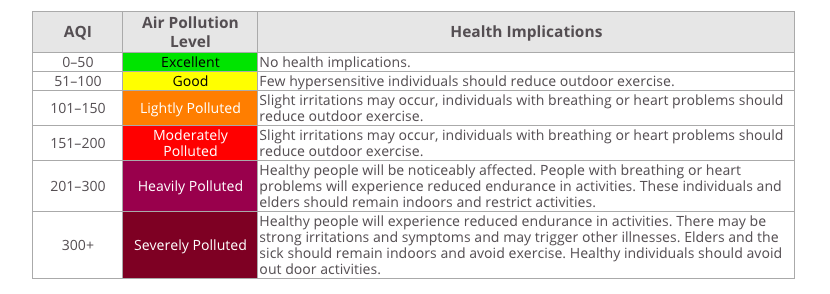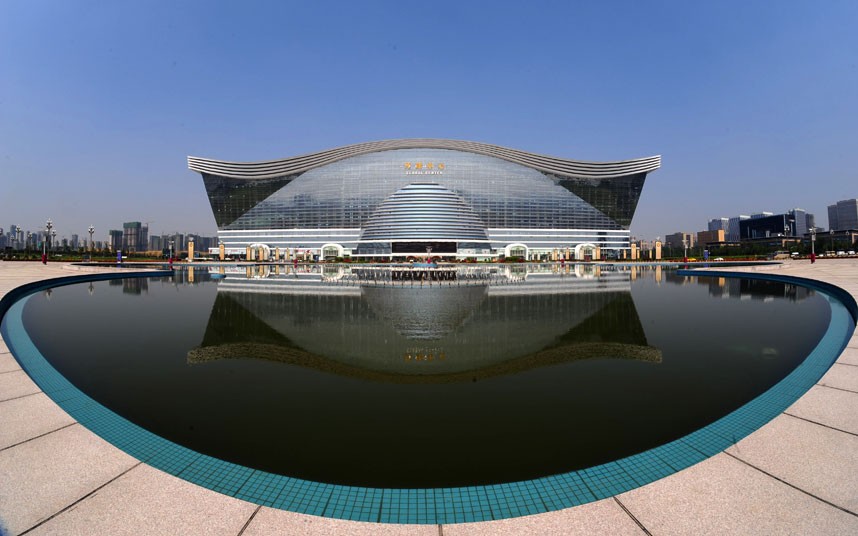-

-

-

-

-

-

-

-

-

-

-
-

-

-

-

-

-

-

-

-

-

-

-

-

-

-

-

-

-

-

-

-

-

-

-

-

-

-

-

-

-

-
-

-

-
 TOTW: Google's Project Ara Modular Phone May Be The Future Of SmartphonesOctober 30, 2014
TOTW: Google's Project Ara Modular Phone May Be The Future Of SmartphonesOctober 30, 2014 -

-

-

-

-

-

-

-

-

-

-

-

-

-

-
-
-

-

-

-

-

-

-

-

-

Posts tagged pollution in china
China’s Pollution Problem Explained
09 years
Just this week, China issued a “red alert” for the country’s capital, Beijing. The alert was used as a warning to their population that the smog levels in Beijing and the surrounding area has risen to a dangerous level, that is, even more dangerous than before. In response, schools are advised to be shut down, the number of vehicles on the roads will be restricted, and all factories and construction sites will be temporarily closed. And it’s not as if no one could see this coming, as China’s pollution problem has only worsened in recent years. Wearing masks over your mouth, like the type you are given at the doctor’s office when you are sick, has become commonplace all over the city, with some people even donning large filtering masks instead. In fact, companies are now taking advantage of this demand, releasing a range of masks in different colors and styles. Beijing has reached a point where the pollution is inhibiting daily life in a major way: outside of buildings, the ever-present smog enveloping the city means that simply walking outside has come dangerous.
Although it’s clear from a glance at the smog that Beijing’s pollution situation is more than just unhealthy, it’s always good to check that with science. An AQI, or Air Quality Index, is the way that most countries around the world measure the level of pollution in a simple way that the public can understand and act upon. In China, the AQI is measured very frequently throughout major cities and often influences behavior, e.g., whether they go outside at a given time. The recommended, healthy AQI level globally is from 0-50. Here in the Bay Area, where I live, the AQI is around 15. In the city of San Francisco it rises to around 40, which is still good. In London the AQI is around 75, which is worse but still considered acceptable. The exact hierarchy of the severity of the pollution varies between countries, but both China and the United States use a system that is very similar to the table below:
At the time of writing, the AQI level in Beijing was 323. Less polluted areas of the city have an AQI of 220, worse areas an AQI of a whopping 445, just 55 points shy of literally being off the scale (typically AQI is 0-500). Clearly, China have dug themselves into a whole that seems very difficult to escape. “I’m used to the smog,” Wolf Hu, a resident of Beijing, told CNN. “I’d find a day when the sky is blue unusual.”

We can all agree, even the Chinese government, that the air in China’s major cities is extremely hazardous and puts their population in unnecessary danger and discomfort. But recent studies have shown that the incredibly high pollution levels in China do much more than put their population in discomfort. The most dangerous pollutant, PM2.5, where PM stands for particulate matter, targets particulates that are 2.5 microns in diameter or less. For comparison, a human hair is around 40-50 microns across. Particular matter consists of dust, soot, smoke, liquid droplets, or anything that happens to be floating around in the air at the time. While particulate matter is incredibly small, if any happens to float into your lungs when you breathe, the particles can cause a lot of damage, including increasing risk of a variety of heart and lung related diseases.
It should be no surprise then, as the PM2.5 level all over the country is very high, that the population have started to feel the consequences. Using new data released by the Chinese government, a study done by researchers at the University of California, Berkeley found that 1.6 million people die from heart, lung, and stroke problems stemming from breathing pollution in China every year. That’s 4,000 people dying every day, 17% of all of the annual deaths in the country. The very same study also found another eye-opening statistic: breathing in the pollution in Beijing and other cities in China does equivalent damage to your lungs as smoking 40 cigarettes per day does.
The state of China’s air is, to say the least, abysmal. The term “airpocalypse” has already been coined to refer to the problem. To be honest, it like the setting of a young-adult dystopian novel than the state of one of the global superpowers of the 21st century. To their credit, the Chinese government has (belatedly) recognized the problem. Li Keqiang, the Chinese Premier, has stated that China must “fight with all their might” against pollution, and has previously “declared war” on pollution, although no real plan or action has been taken to reduce pollution or cut emissions. China and the United States created a joint agreement for China to slow, peak, then cut carbon emissions by 2030, and both nations attended the landmark Paris climate summit in which leaders from around the world are collaborating on a solution to limit climate change. We may finally be going in the right direction, but it will certainly take an effort from the entire world to try and keep the world a clean, vibrant, and vivacious place, free of carbon. If there’s one thing we can all agree on, it’s that a world where a blue sky is rare and the outside is feared is no place that anyone wants to live in.
Sources:
http://www.cnbc.com/2015/08/18/china-air-pollution-far-worse-than-thought-study.html http://www.theguardian.com/environment/2015/dec/07/beijing-pollution-red-alert-smog-engulfs-capital http://www.theguardian.com/cities/2014/dec/16/beijing-airpocalypse-city-almost-uninhabitable-pollution-china http://aqicn.org/city/beijing/ http://www3.epa.gov/pm/ http://www.cnn.com/2015/12/07/asia/china-beijing-pollution-red-alert/ http://www.wikiwand.com/en/Air_quality_index#/United_States http://www.theguardian.com/environment/2015/mar/05/china-vows-to-fight-pollution-with-all-our-mightTOTW: World’s Largest Building Open In China
0You thought your local mall is big? Pah! Having took 3 years to build, the New Century Global Center in China recently opened up to the public and already dubbed it “world’s largest building”. And when China say largest, they mean LARGEST. The NCGC is 19 million square feet, which is big enough to hold 3 Pentagons.
So what in the world do they do with all that space? Well, to be exact, they use it to make the best, most awesome building ever. First of all, they have a 4,305,564.17 square feet shopping mall with various shops and boutiques. A shoppers dream. And they do it in style, to. The building was inspired by waves of the ocean and flying sea-gulls, so the shopping mall and lobby take on a Mediterranean theme.
Going along with the “waves of the sea” inspiration, the middle section of the building is a incredible water park. The park is surrounded by a glass dome, but even in that, the managed to fit a 100 ft long artificial coastline, water slides and a fake Mediterranean Village/hotel. This certainly adds “amusement” to NCGC’s giant resumè.
I could go on forever naming things the NCGC has in it, like a ice rink or a theater (which it does have), I would like to move on to the second and only other building in the NCGC complex (does not count in biggest building ranking), the Chengdu Contemporary Arts Centre. The CCAC is, really, a giant modern art museum, complete with a theatre that holds 2,000 people, another stage that holds 1,000 people, and a multipurpose auditorium which holds 1,000 people. World-renowned shows and performances will take place there all year, so that the CCAC can really complete your visit for anyone who likes that arts.
Overall, the New Century Global Center really shows that if we want to build big and grand we can. I mean, seriously, this thing even has it’s own artificial sun! But, money and tourism aren’t the only reasons they built paradise so big. Part of it is pollution. They need a way to distract tourists and get out of the heavily polluted air. It’s a step, and in this case and really BIG step.




